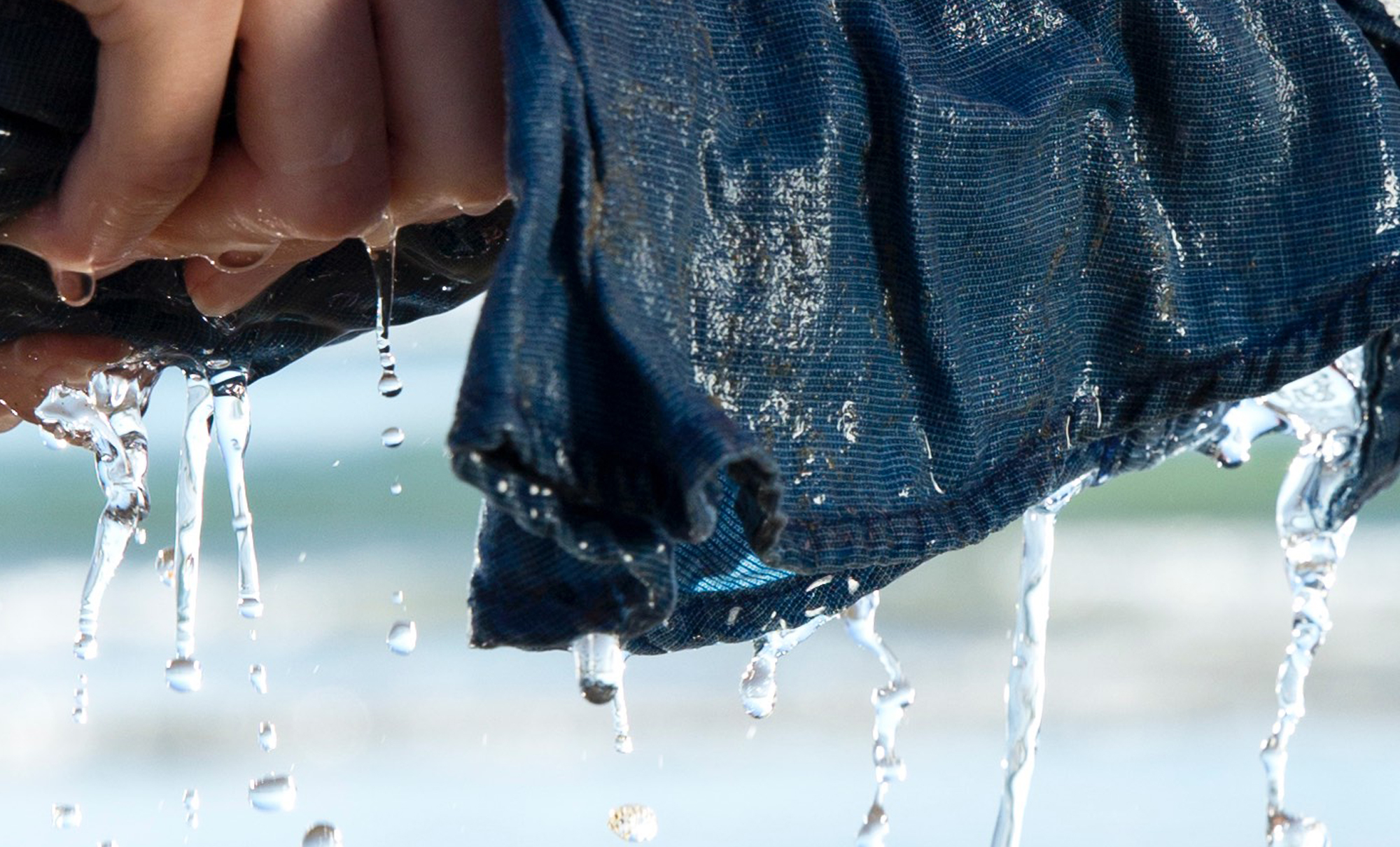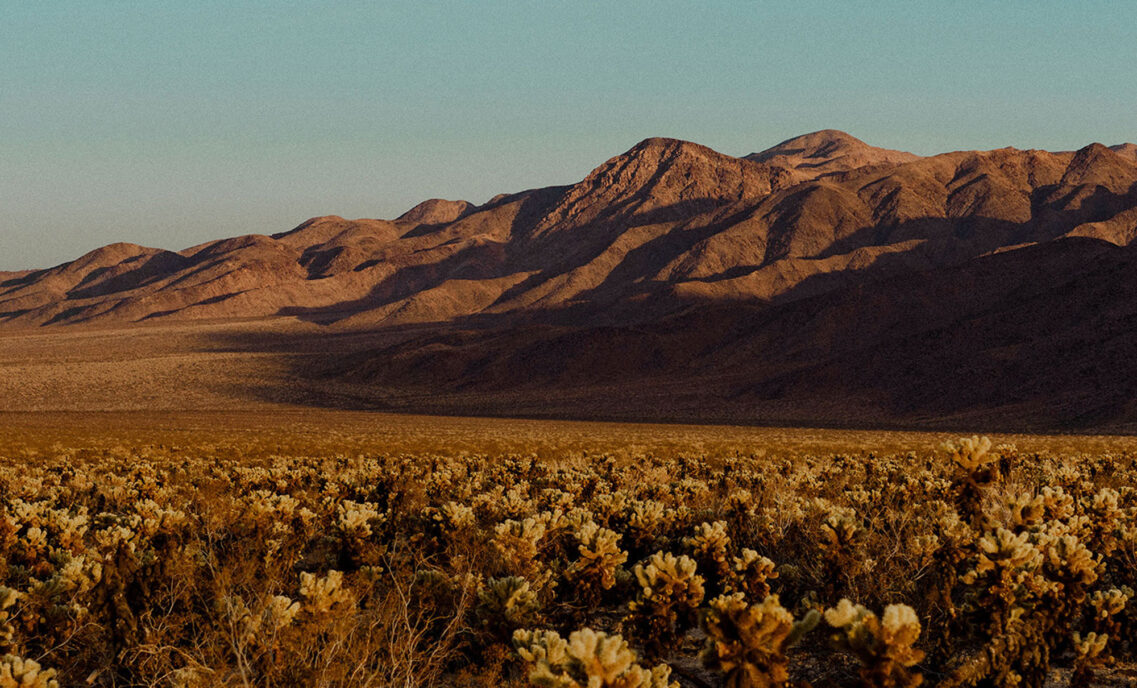The World Wildlife Fund (WWF) recently profiled Levi Strauss & Co.’s 2025 Water Action Strategy, which we released this past August, in a case study on our shift from a “one size fits all” approach to supply chain water management to a geographically contextual approach that accounts for local water conditions and needs in target setting and decision making.
As water stress manifests to varying degrees around the world and across the apparel supply chain, we saw an opportunity to evolve our approach to water stewardship— to use the data and tools at our disposal to focus our reduction efforts where they are most critical and promote the resiliency and sustainability of the water basins that we touch.
WWF poses LS&Co.’s contextual target-setting approach as a best practice for others to adopt in the case study, which details the science and targets underpinning our strategy. This includes the target to halve our water use in manufacturing in areas of high-water stress by 2025. And it includes an expanded definition of our Water<Less® program, which will shift from designating products made using a specific set of garment-finishing techniques to a location-based Water<Less® classification given to manufacturing facilities that successfully adhere to our contextual water use targets and the products and fabrics made by those manufacturers. Through this targeted, outcome-oriented approach, we can make significant progress toward alleviating local water stress where we operate.
“By adopting contextual water targets,” the case study states, “LS&Co. is seeking to position its Water<Less® program as a catalyst for real improvements on the ground that more meaningfully prioritize impactful water savings rather than focusing only on the number of times the technique is applied.”
Along with the spotlight on our contextual target-setting, the case study also discusses an ongoing partnership between LS&Co. and WWF – along with Earth Genome and Arizona State University – in Pakistan’s Ravi River Basin to map the basin’s ground and surface water, supply and demand, and historical and forecasted stress. This project will be used to enable local stakeholders in the region to develop targets to address sources of water stress and help to ensure a healthy river basin that can support local communities and industry. It’s an example of another aspect of our water strategy –strategic collective action across businesses and local stakeholders to fortify water resilience not just in our supplier facilities, but across surrounding watersheds.
LS&Co.’s strategy was developed through a lengthy internal process augmented by extensive consultations with leaders in the field of water management and conservation. WWF was a key partner in the effort, providing insights and perspective in the conceptual phases and an endorsement upon its release.
“For years, WWF and Levi Strauss & Co. have worked together to improve decision making in priority basins, targeting the right actions to the right places for maximum impact. [LS&Co.’s] new water strategy continues that ambition, moving the company beyond efficiency targets toward holistic watershed conservation,” Sheila Bonini, World Wildlife Fund’s senior vice president of private sector engagement, has said of our strategy. “Levi Strauss & Co. is answering an urgent call for companies to embrace water stewardship – not just for business interests, but to protect water resources for everyone.”
The case study also credits LS&Co. for recognizing that “this data-driven, contextual approach to setting its water targets as a step towards improving the resiliency and efficiency of its supply chain.” It also notes, as we did when releasing the strategy, that “the company knows it must also continue working to address its water impacts in other parts of its product life cycle, most notably cotton cultivation, chemical management, and consumer care.”
This work continues, as does our partnership with the WWF, which is an example of the cross-sectoral collaborations that are key to improving water management moving forward, particularly in areas facing severe water challenges. This case study is an early example of the influence that our 2025 Water Action Strategy is having and the recognition it is receiving from leaders in the space.







